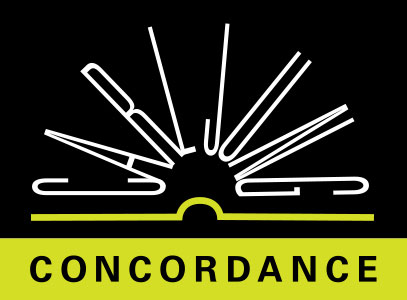Our baptism means the detaching of the child from the merely natural parents and from the overpowering influence of the parental images:
BIOLOGICAL PARENTS ARE
REPLACED BY SPIRITUAL PARENTS
For this purpose, the biological parents are replaced by spiritual parents; godfather and godmother represent the intercessio divina through the medium of the Church, which is the visible form of the spiritual kingdom. In the Catholic rite even marriagewhere we would suppose it to be all-important that this particular man and this particular woman become united and are confronted with each otheris interfered with by the Church; the intercessio sacerdotis prevents the immediate contact of the couple. The priest represents the Church, and the Church is always in between in the form of confession, which is obligatory. This intervention is not due to the particular cunning of the Church; it is rather her great wisdom, and it is an idea going back to the very origins of Christianity that we are not married merely as man and woman; we are married in Christo
CW18 ¶ 362COUPLE IS UNITED IN THE FISH
I own an antique vase upon which an early Christian marriage is represented. The man and the woman hold each other's hand in the Fish; the Fish is between them, and the Fish is Christ. In this way the couple is united in the Fish. They are separated and united by Christ; Christ is in between, he is the representative of the power which is meant to separate man from merely natural forces
CW18 ¶ 362SEPARATION FROM NATURE
This process of separation from nature is undergone in the well-known initiation rites or puberty rites of primitive tribes. When they approach puberty, the boys are called away suddenly. In the night they hear the voice of the spirits, the bull-roarers, and no woman is allowed to appear out of the house, or she is killed instantly. Then the boys are brought out to the bush-house, where they are put through all sorts of gruesome performances. They are not allowed to speak; they are told that they are dead, and then they are told that they are now reborn. They are given new names in order to prove that they are no more the same personalities as before, and so they are no longer the children of their parents. The initiation can even go so far that, after they return, the mothers are not allowed to talk to their sons any more, because the young men are no longer their children. Formerly, with the Hottentots, the boy had occasionally even to perform incest once with his mother in order to prove that she was not his mother any more, but just a woman like the rest
CW18 ¶ 363OUR BIRTH-CHAMBER IS
THE BAPTISMAL FONT
Our corresponding Christian rite has lost much of its importance, but if you study the symbolism of baptism you still see traces of the original meaning. Our birth-chamber is the baptismal font; this is really the piscina, the fish-pond in which one is like a little fish; one is symbolically drowned and then revived. You know that the early Christians were actually plunged into the baptismal font, and this used to be much larger than it is now; in many old churches the baptistry was a building on its own, and it was always built on the ground-plan of a circle
CW18 ¶ 364CEREMONY FOR THE CONSECRATION
OF THE BAPTISMAL FONT
On the day before Easter, the Catholic Church has a special ceremony for the consecration of the baptismal font, the Benedictio Fontis. The merely natural water is exorcised from the admixture of all malign powers and transformed into the regenerating and purifying fountain of life, the immaculate womb of the divine source. Then the priest divides the water in the fourfold form of the cross, breathes upon it three times, plunges the consecrated Easter candle three times into it, as a symbol of the eternal life, and at the same time his incantation brings the virtue, the power of the Spiritus Sanctus to descend into the font. From this hierosgamos, from the holy marriage between the Spiritus Sanctus and the baptismal water as the womb of the Church, man is reborn in the true innocence of new childhood. The maculation of sin is taken from him and his nature is joined with the image of God. He is no longer contaminated by merely natural forces, he is regenerated as a spiritual being
CW18 ¶ 364